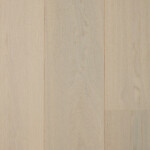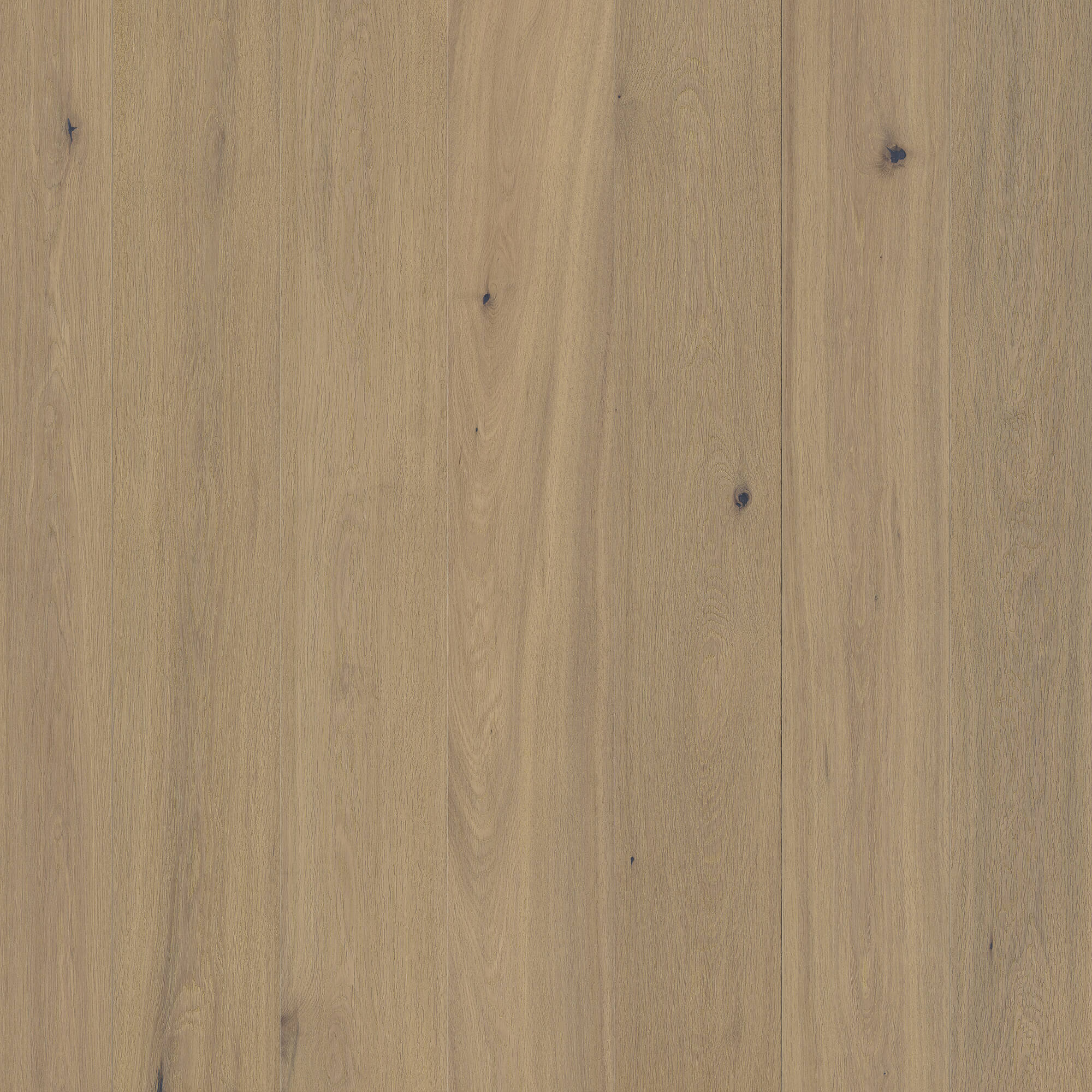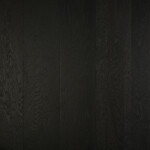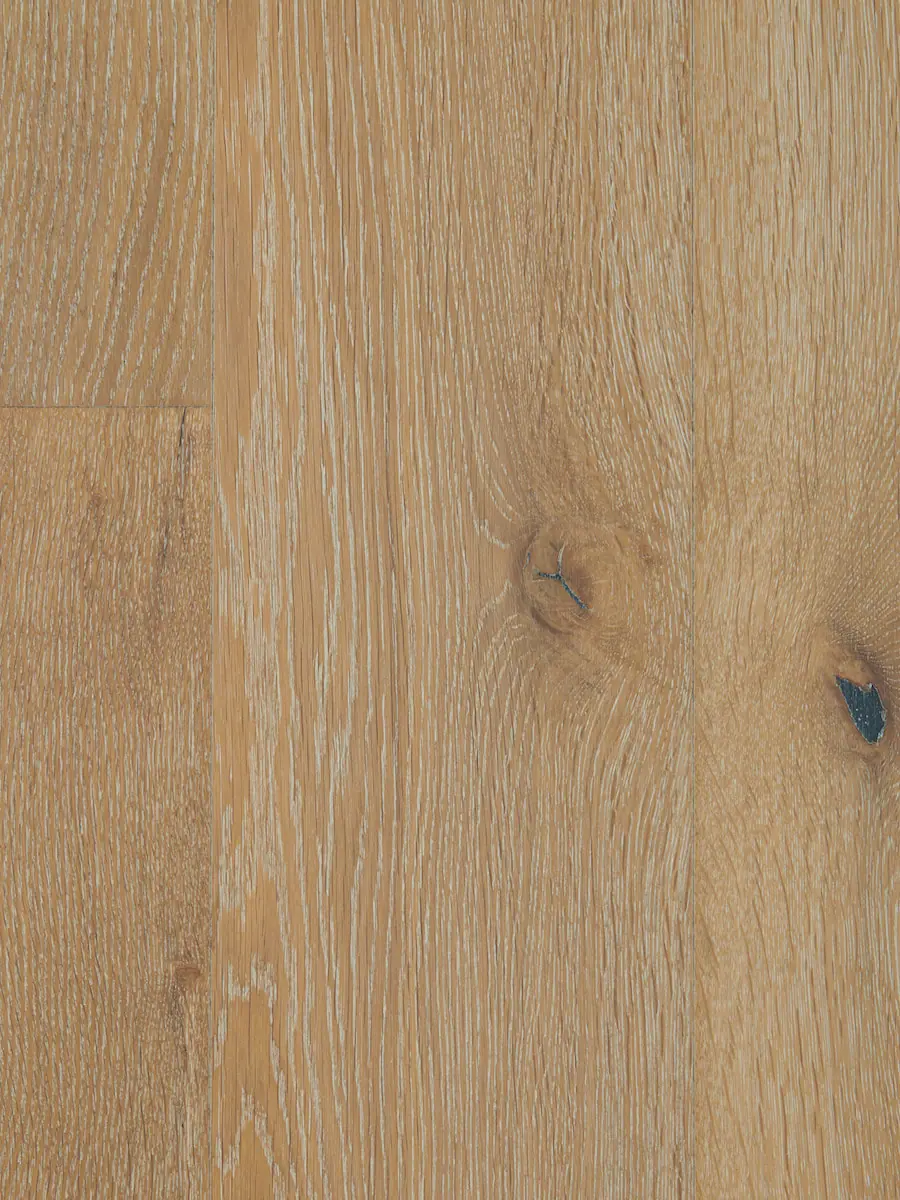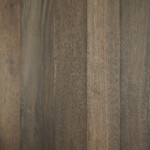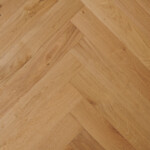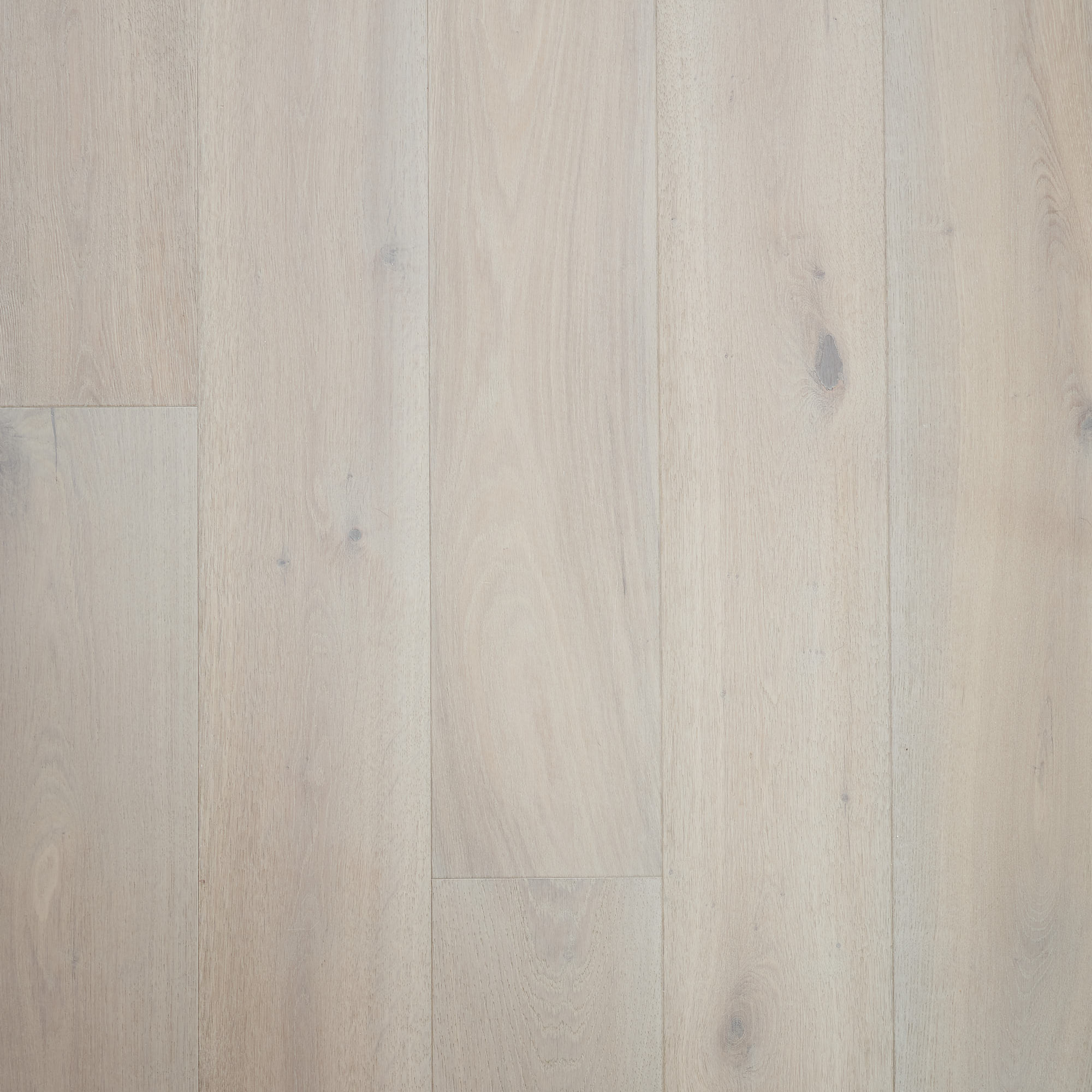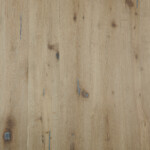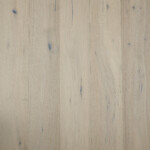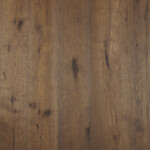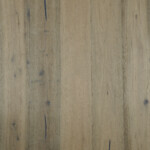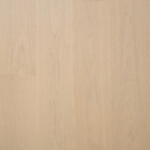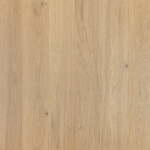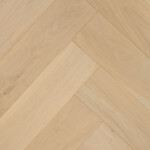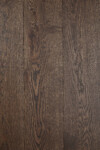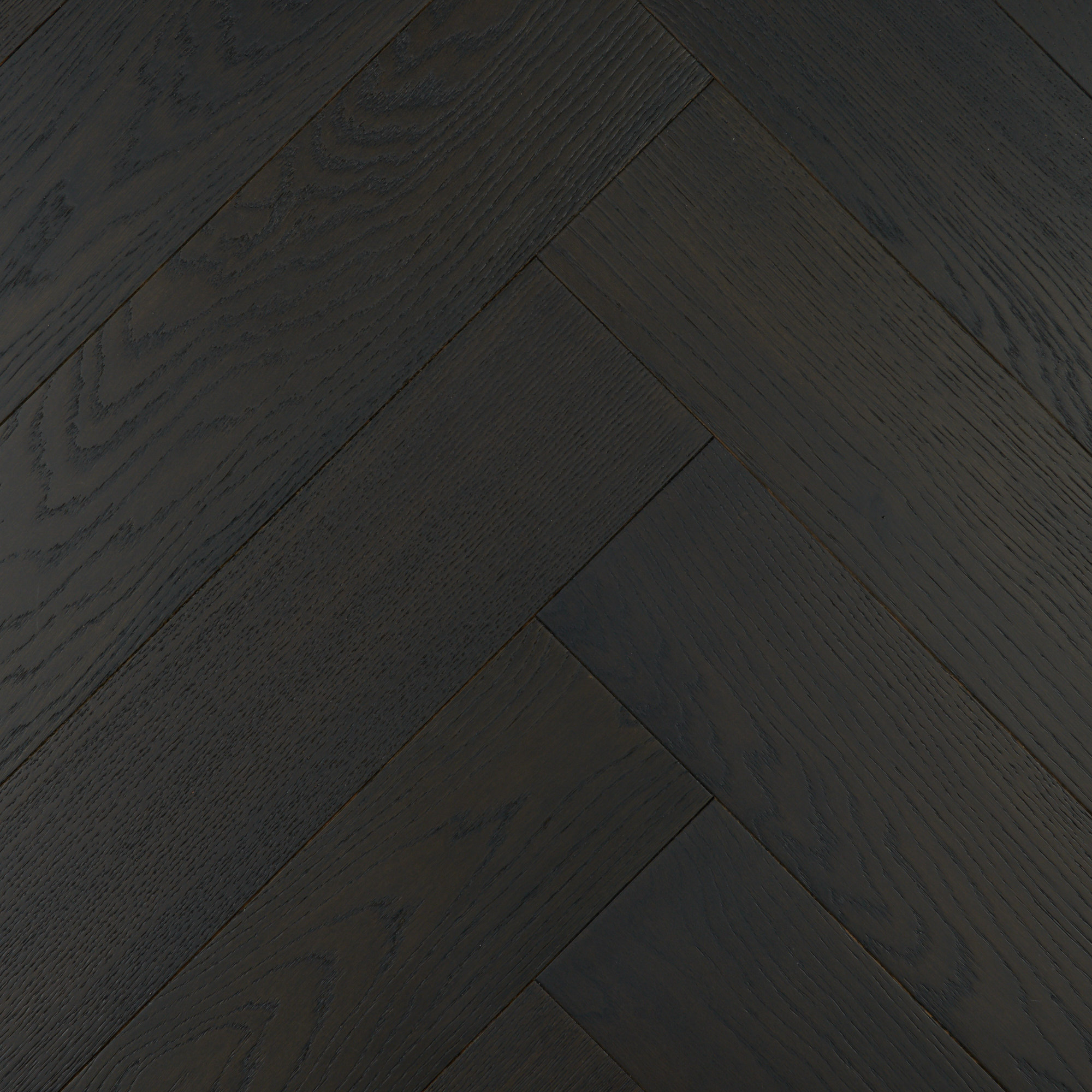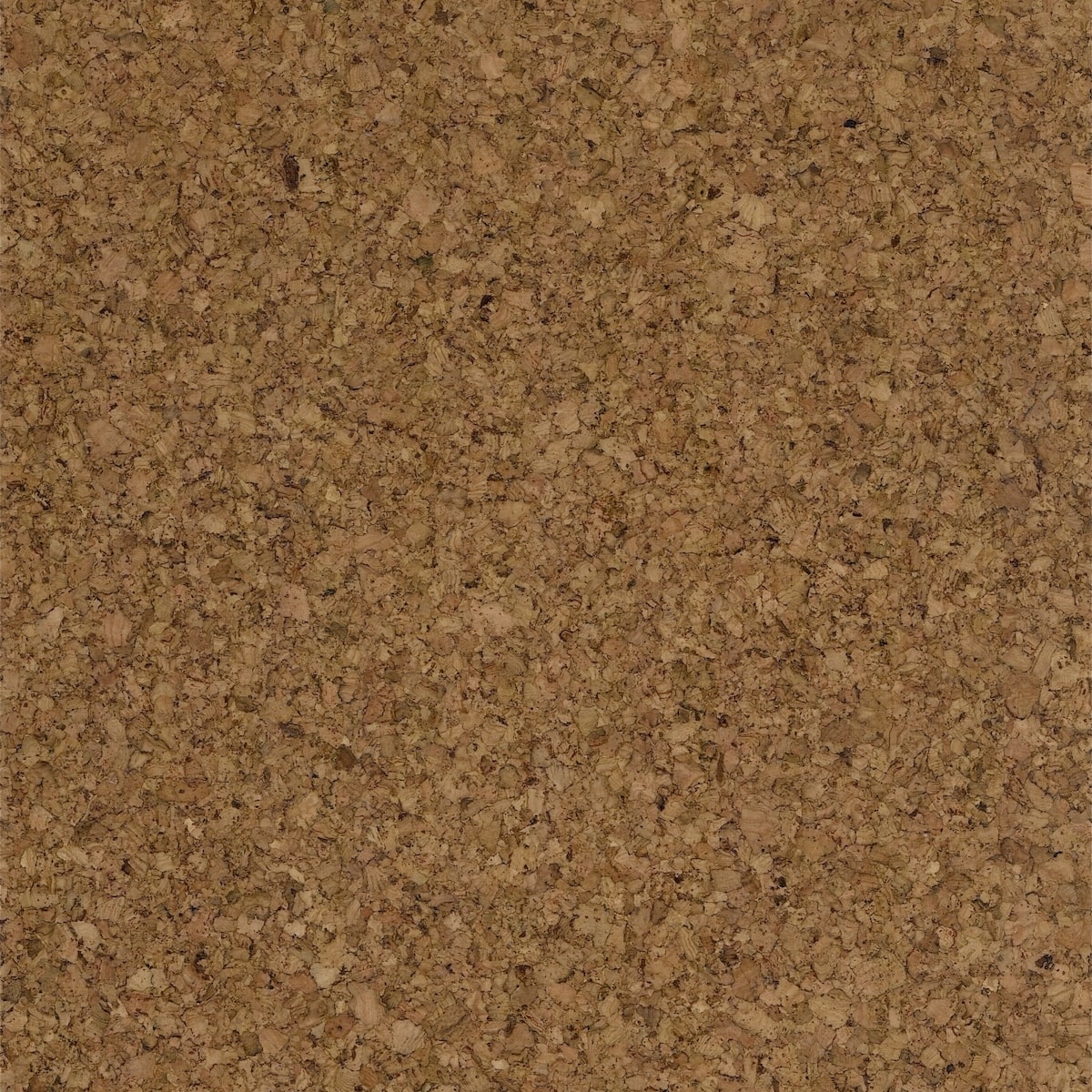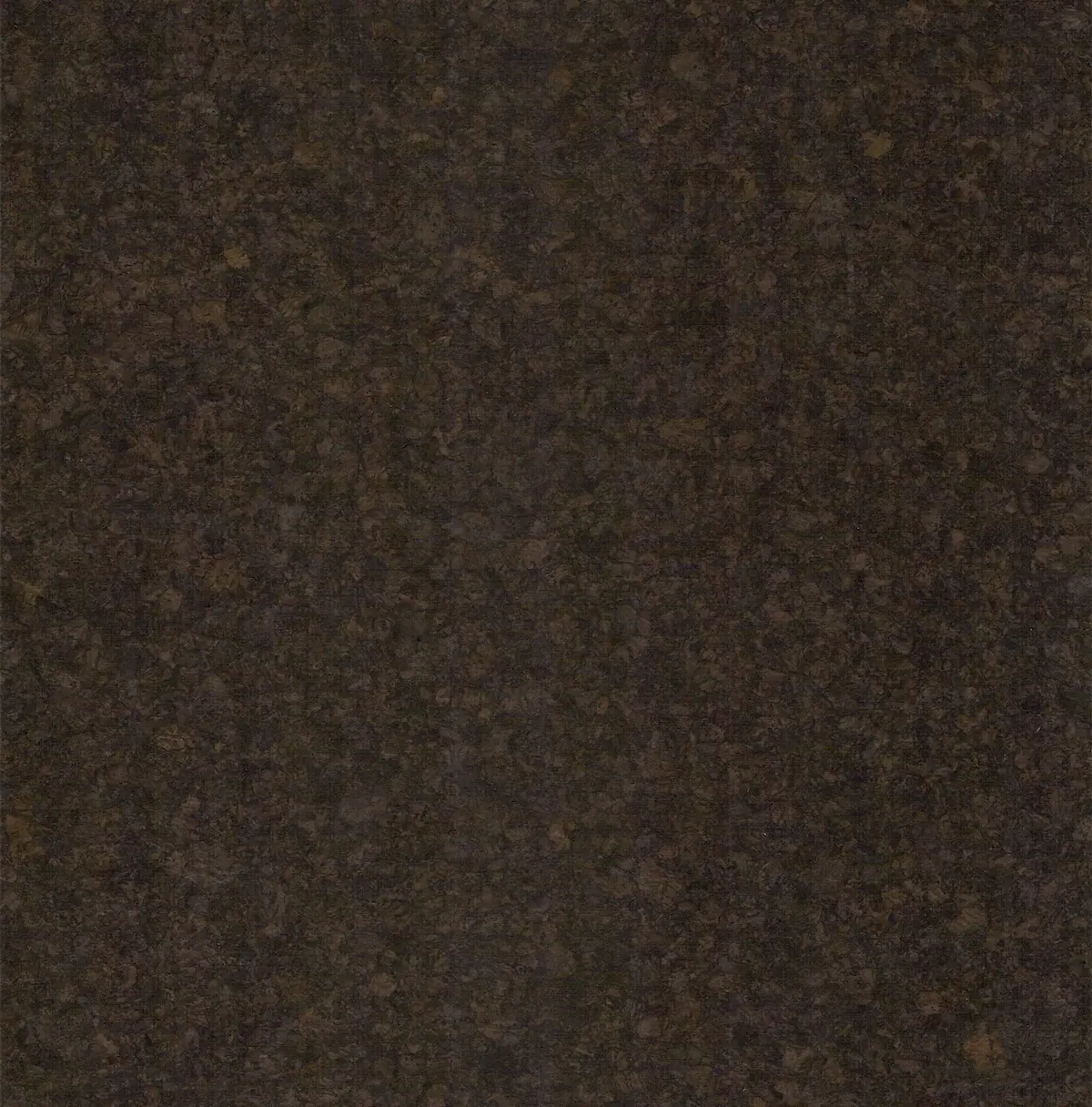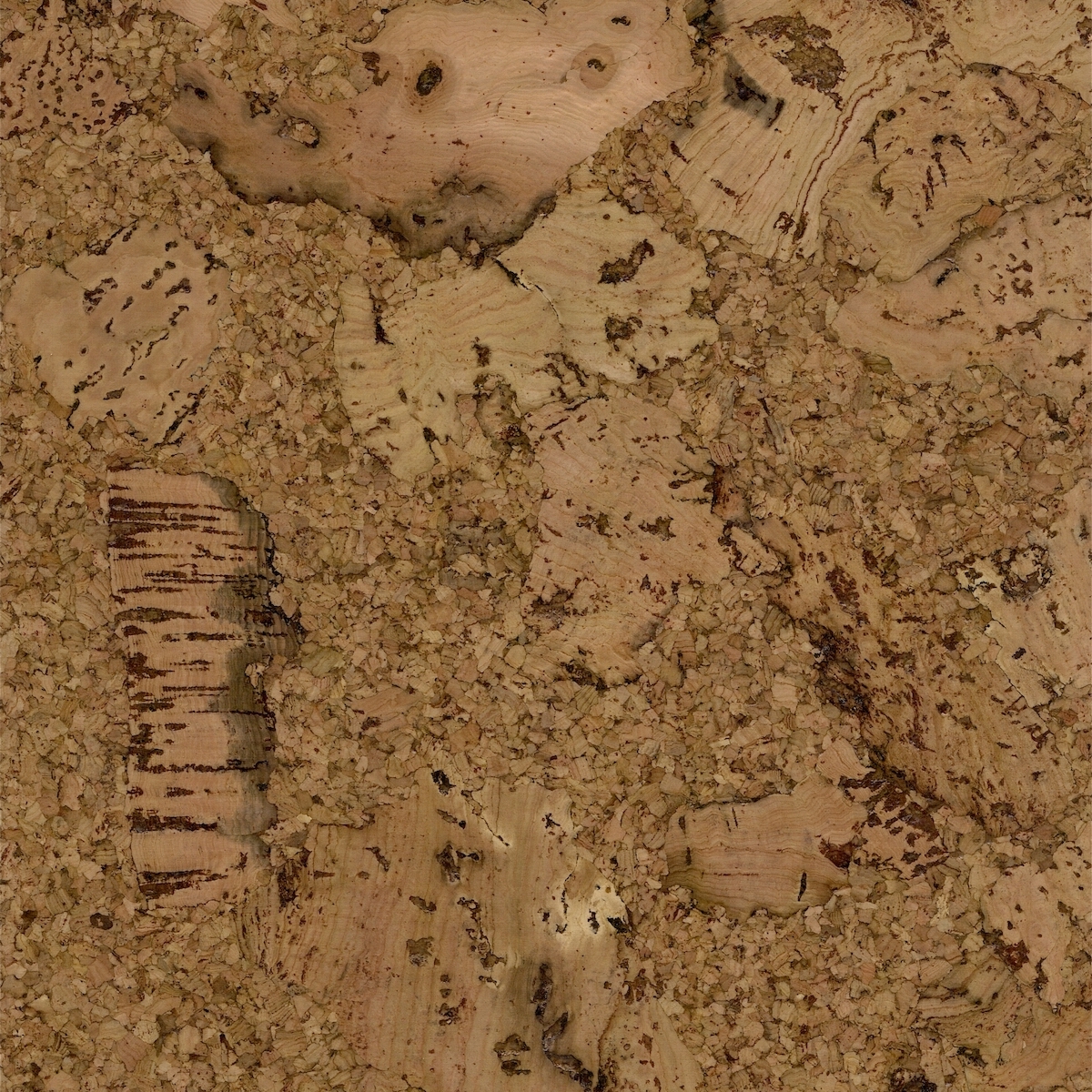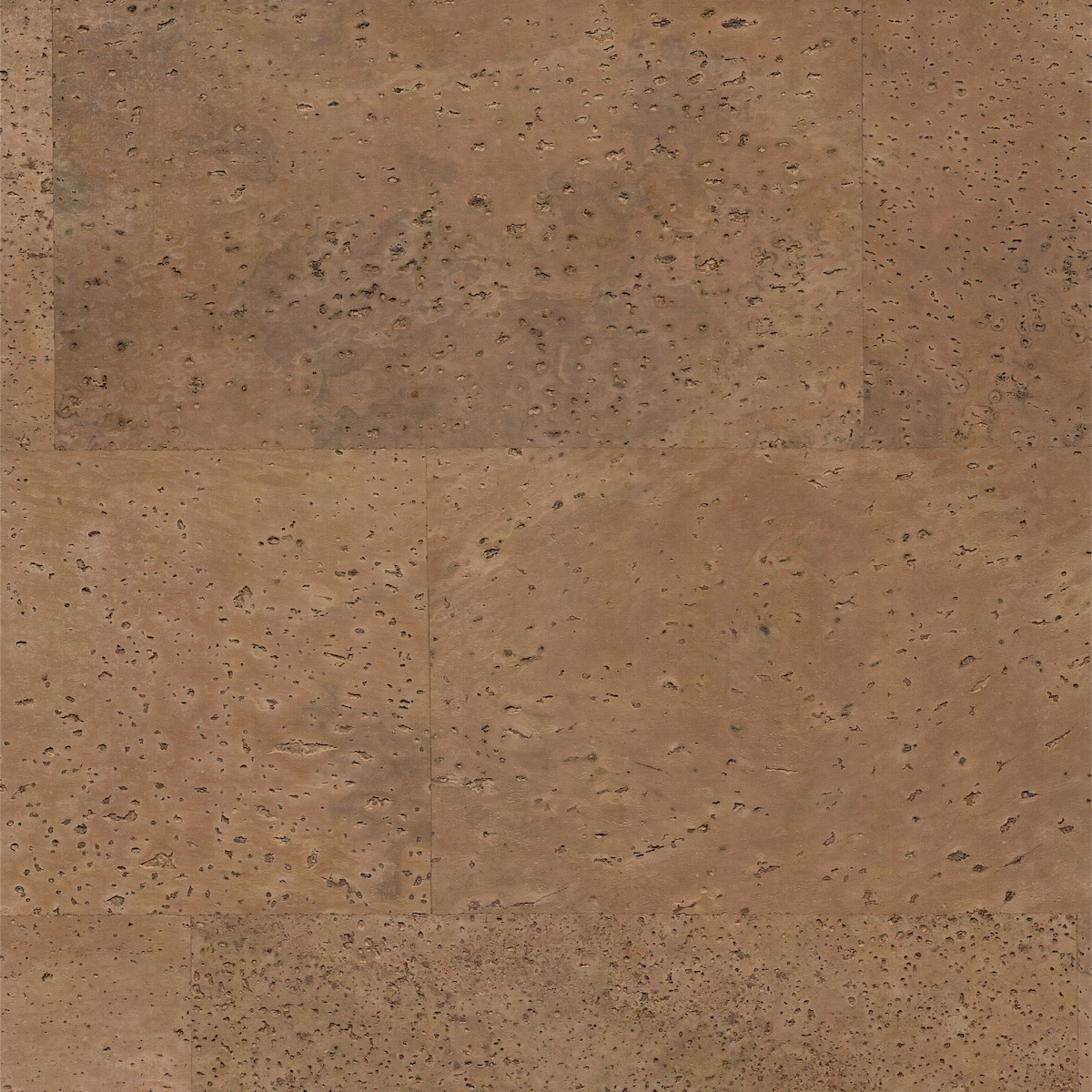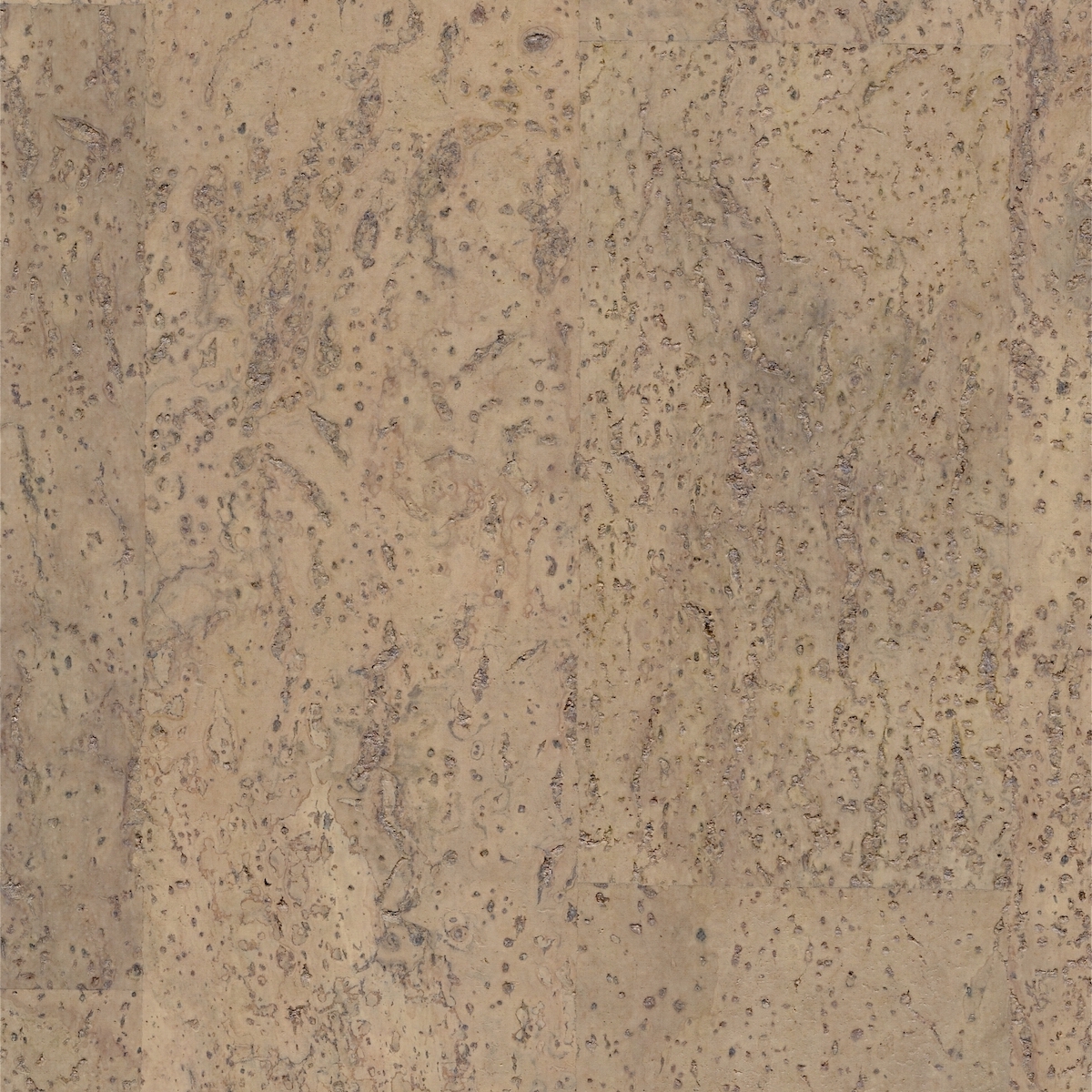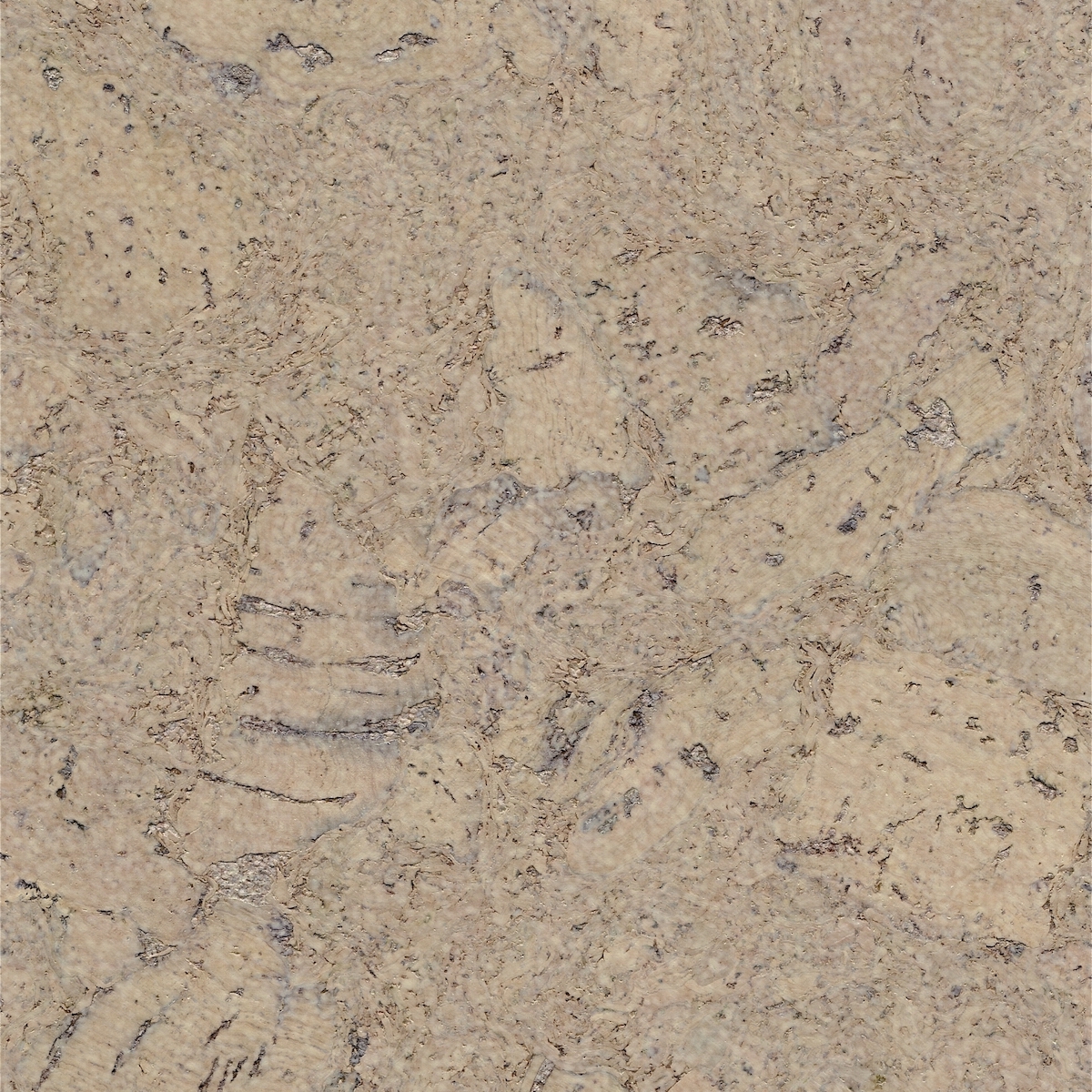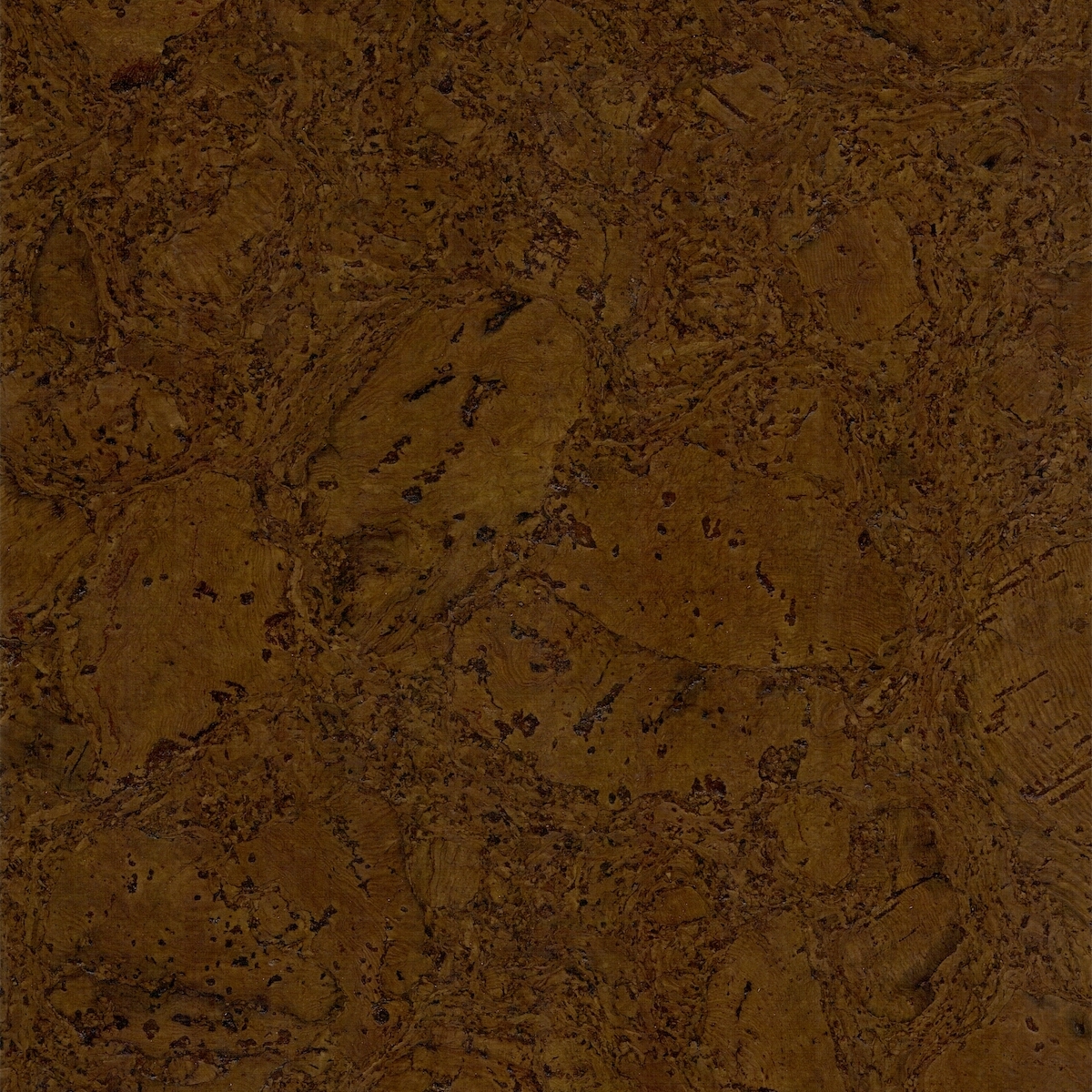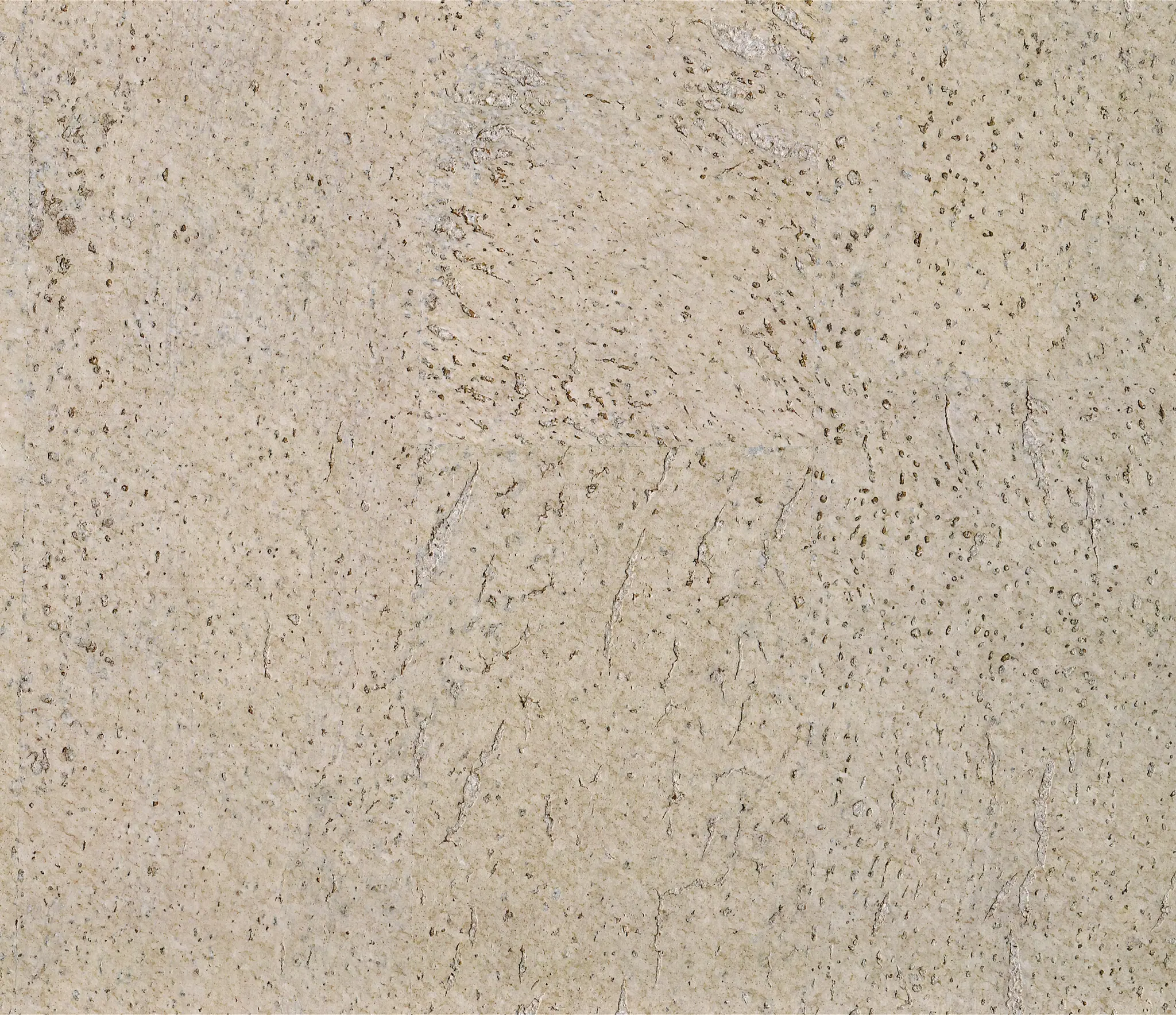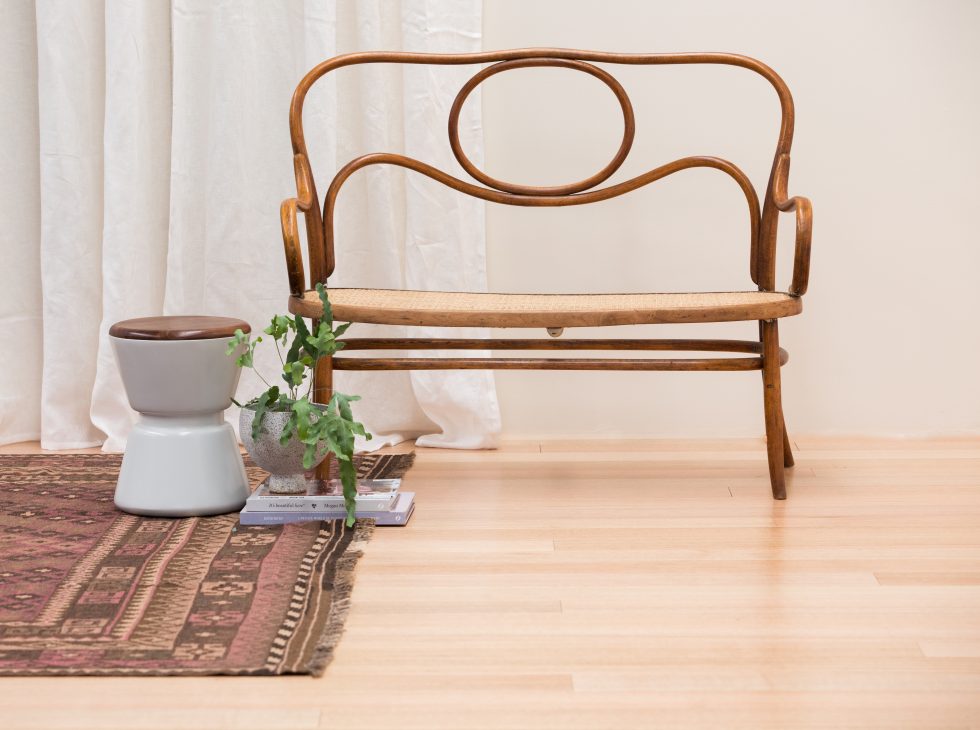What You Need To Know About Melbourne Engineered Timber Flooring
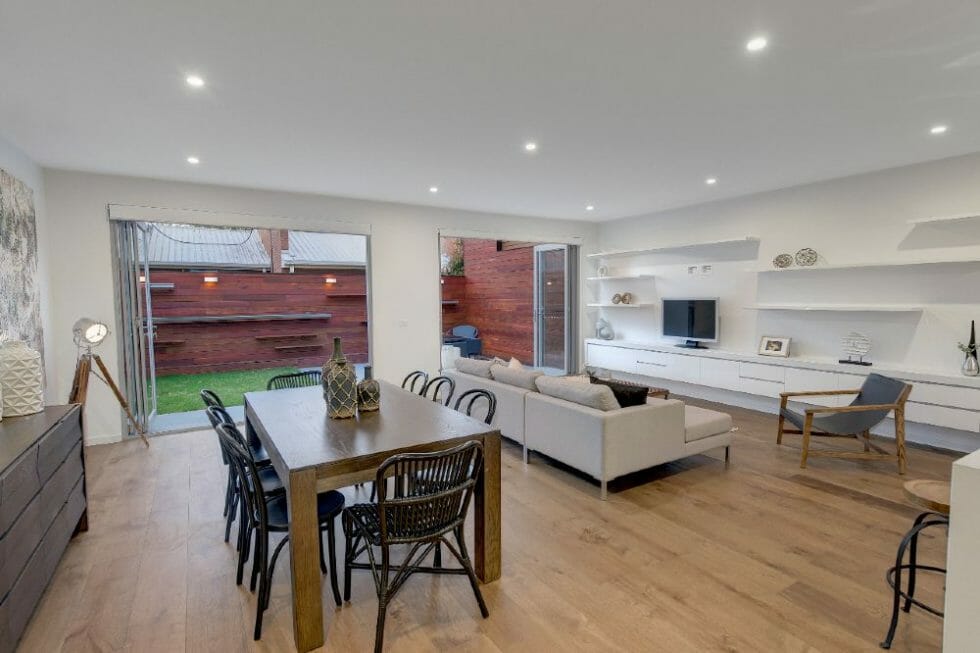

From humble beginnings in the heart of Melbourne, to our award-winning showrooms in Mornington and Geelong, Kustom Timber has remained steadfast in its commitment to quality products, attention to detail and superior customer service.
Wooden flooring is a popular choice for most homeowners, and it is unquestionable why. With its distinct elegance, its added touch of nature to any room, and versatility matched with durability, it makes sense that it is a well sought after flooring option for any space. And while one may think that wooden flooring only pertains to using untreated planks of wood, and can take a substantial time and effort to install, this is not the case. Nowadays a product called engineered timber flooring is available for Melbourne homes, and this makes it easier to get the beautiful wooden flooring of your dreams in a more budget-friendly way.
But what is an engineered timber floor?
Engineered timber flooring differs from the standard hardwood flooring in that it is not just one solid, untreated plank of wood. Instead, engineered flooring is made up of several different layers of wood to make up a solid base. These layers are laid in contrasting directions, which prevents the engineered hardwood from structural damage like warping and bowing that moisture causes when it comes into contact with hardwood flooring. The top layer, or veneer, is a layer of hardwood.
Because of its construction, engineered timber flooring is durable, and allows for easier installation in most rooms of the home, even below ground if necessary. And because of the top layer of hardwood, you still get the beautiful look of hardwood flooring, without the stress and high-maintenance quality of it all.
How thick should engineered wood flooring be, and what is the best thickness for wood flooring?
While there are engineered flooring options that are on the lower end of the cost spectrum, these are because they have a very thin top layer. This eliminates the possibility of re-sanding and refinishing in the future, as these floors will not be able to withstand that process and will require replacement instead.
In general, the thicker an engineered wood flooring is, the better, not just for general wear and tear, but also for future re-sanding and refinishing projects should you wish to change up the look. This is because it’ll have more layers that can withstand this.
Cheaper options are usually around ¼ inch thick, three-ply construction and have 1-2mm width for the top layer. Middle of the range is usually five-ply, ½ inch thick, and has a 3mm layer of hardwood on top. The best of the range can have a 7mm and above top layer, total thickness of ¾ inch, and can be made of up to nine plies.
What is the best hardwood flooring?
While you can look at the JANKA hardness test to check for durability, when it comes to aesthetic, this comes down to personal preference. Hardwood differs in grain, colour notes, and the frequency of knots in its appearance. Melbourne engineered timber flooring gives you the freedom of choosing what kind of hardwood look you wish, but with the ease of engineered timber.

From humble beginnings in the heart of Melbourne, to our award-winning showrooms in Mornington and Geelong, Kustom Timber has remained steadfast in its commitment to quality products, attention to detail and superior customer service.
